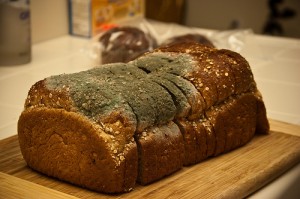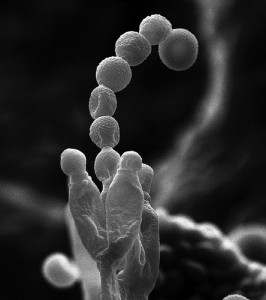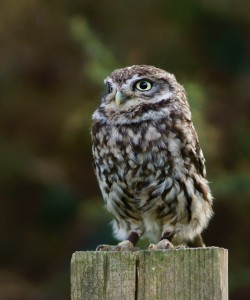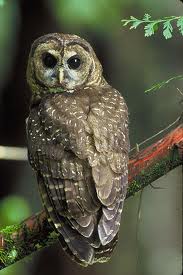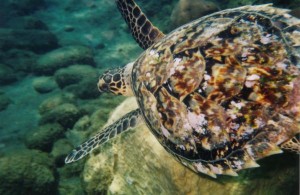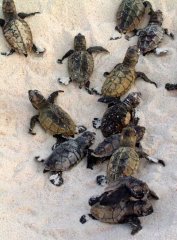What if someone told you that if lead is found present in your bones, you are more likely to be a delinquent? In 2007, you may have encountered a report or read an article on lead poisoning due to lead containing toy products and households.

Following such reports, the general public understood the effects of lead poisoning as a toxin. In 1996,USA had banned the use of the element as an additive to gasoline. However, minimal amounts of lead were still used in the production of batteries, jewelry,toys and paint products. After the 2007 Mattel recall , customers around the world looked carefully at the lead label when purchasing house and toy products. In 2008, Henry Clement, Canadian Health Minister, announced that the government would increase the number of inspections with an increase in a maximum fine of $5 million if high levels of lead were detected in children’s jewelry and other products.

The public and government then understood that lead has a dangerous effect whether a child was breathing or swallowing it. Children exposed to high levels of lead can suffer from kidney and brain damages. While low levels of exposure is a health hazard to all.This knowledge resulted in lead safety campaigns and sites such as www.leadfreekids.org. , which offers support and advice about lead inspections and protection techniques. In 2010, the federal government decided to effectively ban lead from toys for children and other home products.Health hazards such as kidney damage, brain damage, hyperactivity, headaches,hearing problems could be prevented with precautions.However, lead exposure could result in more than these physical health problems but behavioural problems such as delinquency.
More studies have now been developed on lead poisoning. In 2013, Summer Miller pointed out data from US Centre for Disease (CDC) and suggested that high levels of lead exposure lead to juvenile delinquency. They have now diagnosed that 10 micrograms per deciliter of lead can cause lead poisoning. Subsequently, this small amount of lead can be identified with signs of headaches and abdominal pains. As informed in 2007, lead exposure impacts the human brain.Miller states that studies now find higher levels of lead in delinquents and how it affects their intelligence, communication skills and behaviour.
This was observed in a 2000 study in Allegheny County. It concluded that 216 youths in a Juvenile Court had a higher high bone-lead level in comparison to 201 non-delinquents control in a Pittsburgh high school. Children with cognitive and behaviour problems are more likely to have higher blood concentrations due to lead exposure.
Sometimes it is not just about what children swallow or touch or symptoms we physically see, sometimes just that exposure can change the way things play out.
From Toy Soldiers to Convicted Criminals
-Diane Mutabaruka




